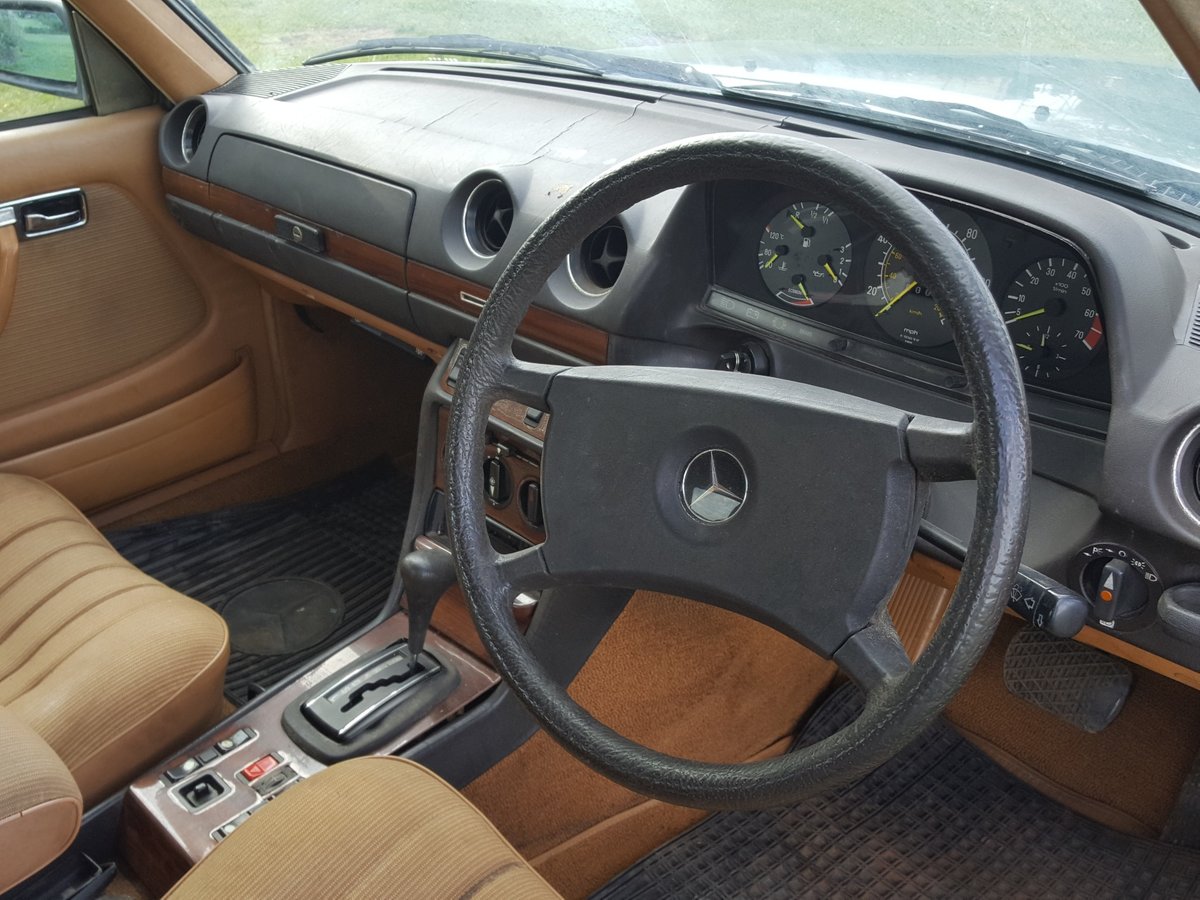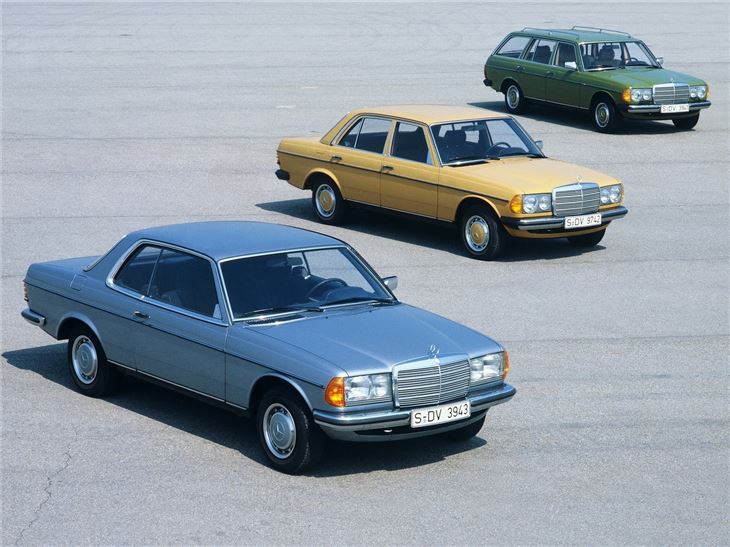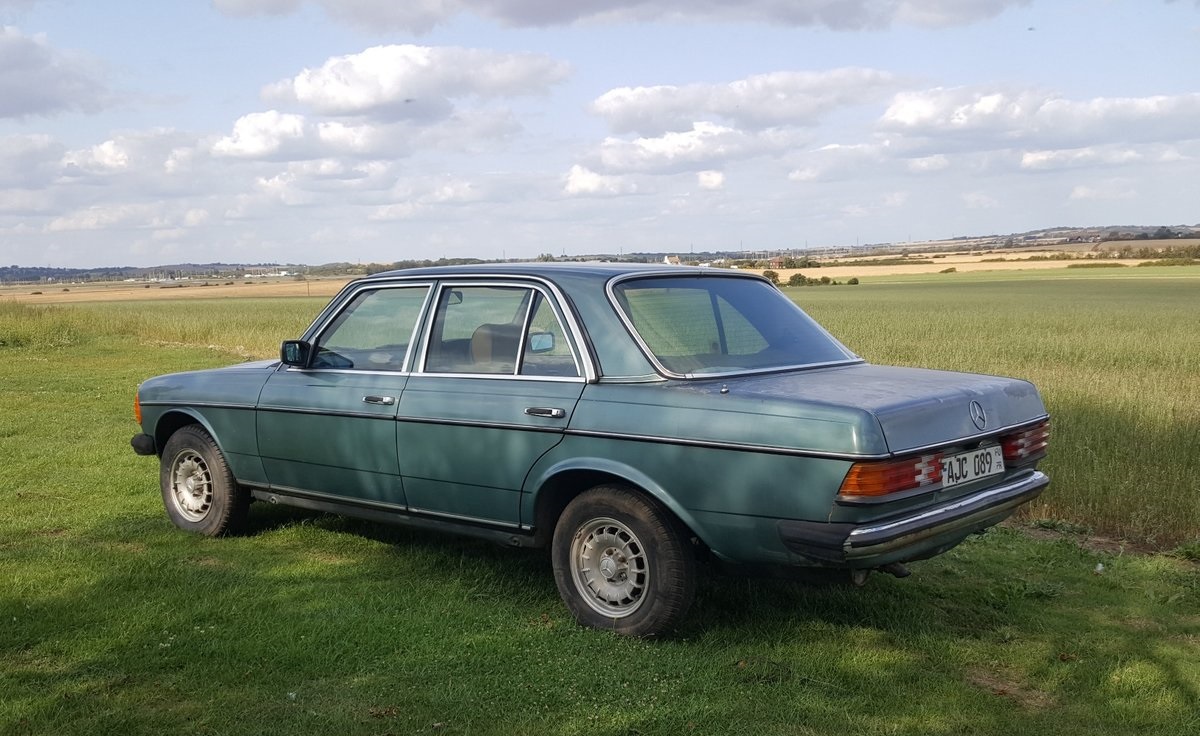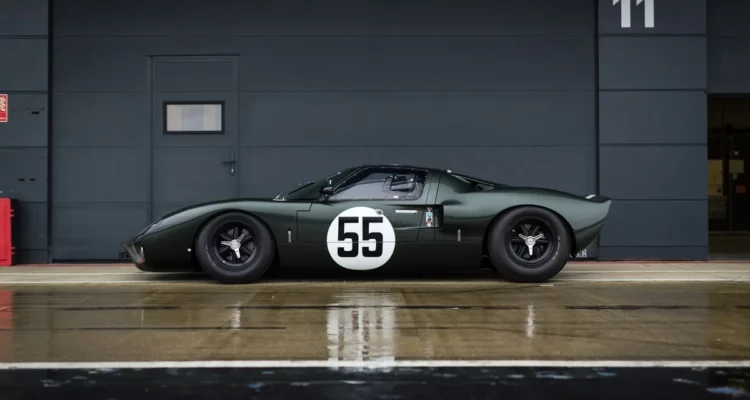Mercedes-Benz W123 – Project Profile
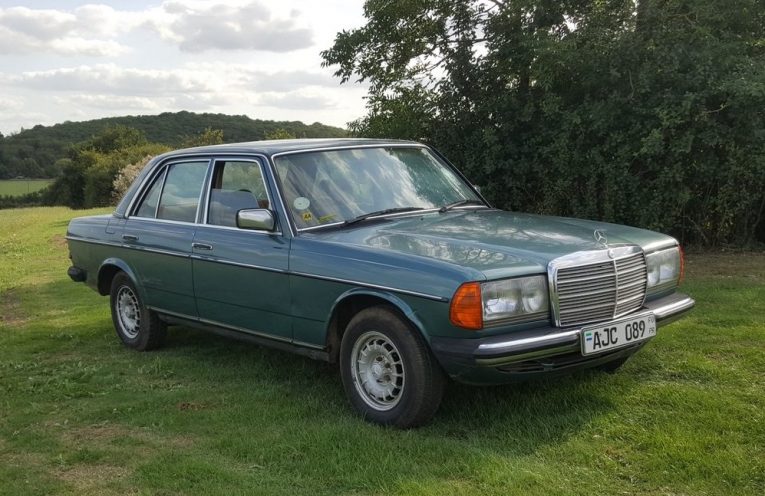
Travel to the far reaches of the globe, the bits where smooth tarmac is stuff of fantasy, where the conditions are hard-going, where there is no time or place for the pampered, yeah, go there and do you know what you’ll find? The W123 Mercedes-Benz. There are cars that boast impressive build quality, and then there is the W123. A car so tough that the four horsemen of the apocalypse would stop and kindly wave it out of a junction. It’s a tough, tough cookie. A machine that will no doubt outlive us all.
But there is more to the W123 than just being tough. Yes, you’ll find them with 500,000 miles on the clock, chugging along as taxis in Namibia, but that’s not all an old W123 is good for. The W123 is a timeless, unpretentious, elegant machine that is still seen today not only in daily use, but also a respected classic. It is everything. It is arguably the perfect car. Buy a TE estate version and you won’t ever need another car. The W123 is, for many, the king of the old Mercedes-Benz range.
What is it?
The W123 is the predecessor to the E Class, sitting in the middle of the Mercedes range from 1976 to 1986. Built by hand, the W123 represented mass-produced Mercedes at its best. Get in one today and it still feels solid, as if it were hewn from one giant block of steel, rather than a gathering of parts. Many claimed it was over-engineered, and indeed, Mercedes-Benz wanted it to be seen that way. In the early days of the W123’s production, customers were left waiting for up to 12 months while Mercedes tinkered with the build process to ensure it was the best it possibly could be. As a result, a black market emerged for lightly-used W123s, with cars fetching premiums way over the dealer price – people wanted the W123.
Available as a traditional ‘three-box’ saloon, estate and coupe, the W123 could be all things to all drivers. Despite all sharing the same basic design, each body type was sufficiently different from the others. This was clever, as it meant the executive in a saloon didn’t feel cheated by the coupe, or like he was driving a dull family car when compared to the estate.
The W123 was superseded by the W124, which again was another wonderful machine. In total, Mercedes-Benz sold 2.7 million W123 models over its ten year life, which is impressive. What’s more impressive, however, is the following the W123 has gained. It is still, even in the wake of countless technological advances, perceived as a car that you really can buy and drive every day. It might not have Bluetooth or air con, but it’s got reliability in spades and style for miles.
Why is it a Project?
It’s an interesting story behind this one, as the vendor explains that the car was imported back into the UK, but the owner seemed to forget about it for approximately four years. You know, as you do?! Still, it’s been rescued now, and re-registered back into the UK. The V5 is present and the current vendor has also sourced a new key direct from Mercedes-Benz, as the original had been lost. Oh, and he says this is a one-owner car, which is quite something.
He goes on to state that it was last MOTd in 2006, and it currently wears a mileage of around 98k. It’s all present and correct, though its time overseas has taken its toll on the paint, while its time at the hands of careless dock workerkers has added a few ‘characterful’ dents and dings. It does run though, and it stops, and the gearbox is reported to be operating smoothly.
It’s all there. There are some niggles, the stereo is missing and the rear windows (electric) can only be operated by the rear passengers, not the driver, so you’ll need a new switch pack. Other than that though, it seems to just be an old Mercedes W123 in need of some affection. And all for just £1,595. Mega bargain.
Five things you should look for:
- Rust
Well-built though the W123 is, it is still susceptible to rust. The battery tray, the inner wings, the rear suspension, the jacking points, the front suspension mounting points, they all can and do rot out. Hopefully though, this car’s foreign stint should have helped preserve it.
- Paperwork
There is no reason to doubt everything is order, especially as the vendor has sourced a new V5. However, just go through the paperwork to check everything for yourself, and also be sure of ownership. If this car was rescued from the docks, the last thing you want is a past owner trying to claim it back.
- Mold
Shipping containers don’t breathe. As such, this W123 would have been left to sweat. Not only is this bad for the metal, it’s also bad for the interior, as all the dust will become a breeding ground for mold, and mold is nasty stuff. It looks like the vendor has given it a cursory clean, but a deep clean would be recommended.
- Dodgy repairs
Old Mercs can be expensive to repair, and as such, people will look for cheaper options. We used to own a 230CW and the chassis was plate welded on plate welded on plate. It was awful. Bing a one-owner car, this one shouldn’t have any dodgy bodges, but check anyway.
- Erm…
That’s about it. It’s a W123. They’re bulletproof.
What should you do with it?
You have two options here. You could give it a damn good service, fit some new tyres, give it a good clean and then, for around two grand, you could have a W123 on the road, and you could use it everyday without hesitation. If you do this, you’ll be very happy indeed.
The other option, given this is a one-owner car, would be to go down the restoration route. New paint, new trim, make it look like it did when it left the factory. This would be costly, but at the same time, this particular W123 does seem to be a good base for such a restoration. However, we’d advise against spending too much. This is a 200, which is not the most popular engine, owing to it being somewhat glacial in pace. As such, resale on this will always be a few quid less than the 230 or 280 models – something to keep in mind when shelling out for restoration works.

